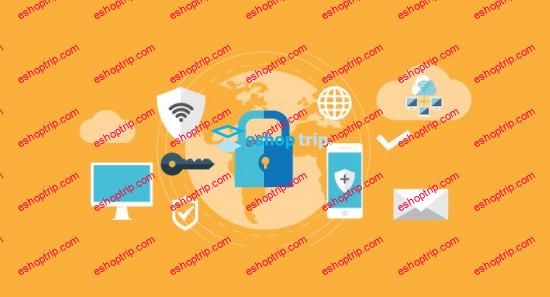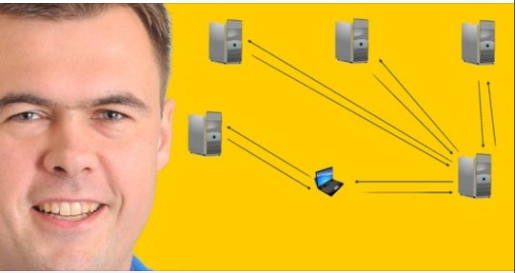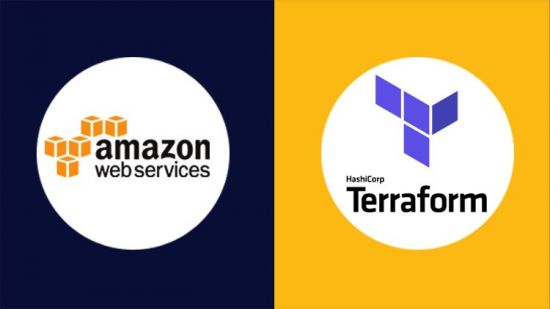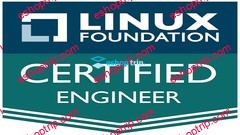Duration: 39m | Video: .MP4, 1280×720 30 fps | Audio: AAC, 44.1 kHz, 2ch | Size: 185 MB
Genre: eLearning | Language: English
Want to learn Docker and Kubernetes and Kubernetes Certified Application Developer(CKAD)? The complete guide is for all!
What you’ll learn:
You will learn the kubernetes with examples
You will have the clear understanding of the kubernetes after completing this course
You will be confident to use the kubernetes
You will be able to use the kubernetes in many applications
Requirements:
No Prerequisites
Description:
Kubernetes Certified Application Developer
Docker and Kubernetes CKAD: The Complete Guide
You will learn the many concepts related to the Kubernetes Clusters with examples in this course. You will learn the all of the concepts about the Kubernetes. After going through this course, you will be more confident to understand the concepts.
Kubernetes is an open-source container orchestration platform that enables the operation of an elastic web server framework for cloud applications. Kubernetes can support data center outsourcing to public cloud service providers or can be used for web hosting at scale. It is also know as k8s or “kube”.
The primary advantage of using Kubernetes in your environment, especially if you are optimizing app dev for the cloud, is that it gives you the platform to schedule and run containers on clusters of physical or virtual machines (VMs).
More broadly, it helps you fully implement and rely on a container-based infrastructure in production environments. And because Kubernetes is all about automation of operational tasks, you can do many of the same things other application platforms or management systems let you do—but for your containers.
Developers can also create cloud-native apps with Kubernetes as a runtime platform by using Kubernetes patterns. Patterns are the tools a Kubernetes developer needs to build container-based applications and services.
With Kubernetes you can:
Orchestrate containers across multiple hosts.
Make better use of hardware to maximize resources needed to run your enterprise apps.
Control and automate application deployments and updates.
Mount and add storage to run stateful apps.
Scale containerized applications and their resources on the fly.
Declaratively manage services, which guarantees the deployed applications are always running the way you intended them to run.
Health-check and self-heal your apps with autoplacement, autorestart, autoreplication, and autoscaling.
However, Kubernetes relies on other projects to fully provide these orchestrated services. With the addition of other open source projects, you can fully realize the power of Kubernetes. These necessary pieces include (among others):
Who this course is for:If you want to learn the Kubernetes Clusters with examples, then this course will be helpful for you!
Who this course is for:
If you want to learn the Kubernetes Clusters with examples, then this course will be helpful for you!











Reviews
There are no reviews yet.